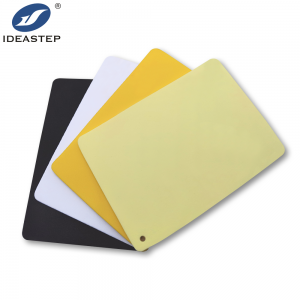
Single-layer and multi-layer EVA are two different configurations of EVA (Ethylene-Vinyl Acetate) material commonly used in various applications. Here are the differences between the two:
Single-layer EVA:
- Structure: Single-layer EVA consists of a single solid piece of EVA material. It is uniform in thickness and density throughout the entire structure.
- Properties: Single-layer EVA provides consistent cushioning, shock absorption, and support. It offers a stable and reliable base for various applications.
- Applications: Single-layer EVA is commonly used in insoles, shoe midsoles, padding materials, and other applications where consistent cushioning and support are required.
Multi-layer EVA:
- Structure: Multi-layer EVA consists of multiple layers of EVA material stacked on top of each other. Each layer may have different properties, such as varying thickness, density, or firmness.
- Properties: The different layers in multi-layer EVA can be designed to provide specific functionalities. For example, the top layer may be softer for cushioning, while the bottom layer may be firmer for stability. This configuration allows for customized support and comfort.
- Applications: Multi-layer EVA is commonly used in orthotic insoles, where specific areas of the foot require different levels of support or cushioning. By layering different densities of EVA, the insole can provide targeted support and pressure relief.
In summary, single-layer EVA offers consistent cushioning and support throughout the entire structure, while multi-layer EVA allows for customization and targeted support by layering different densities of EVA. The choice between single-layer and multi-layer EVA depends on the specific requirements of the application and the level of customization needed.
Expand more related content: https://www.aideastep.com/eva-blocks-top-covers-for-cad-cam-milling/.
